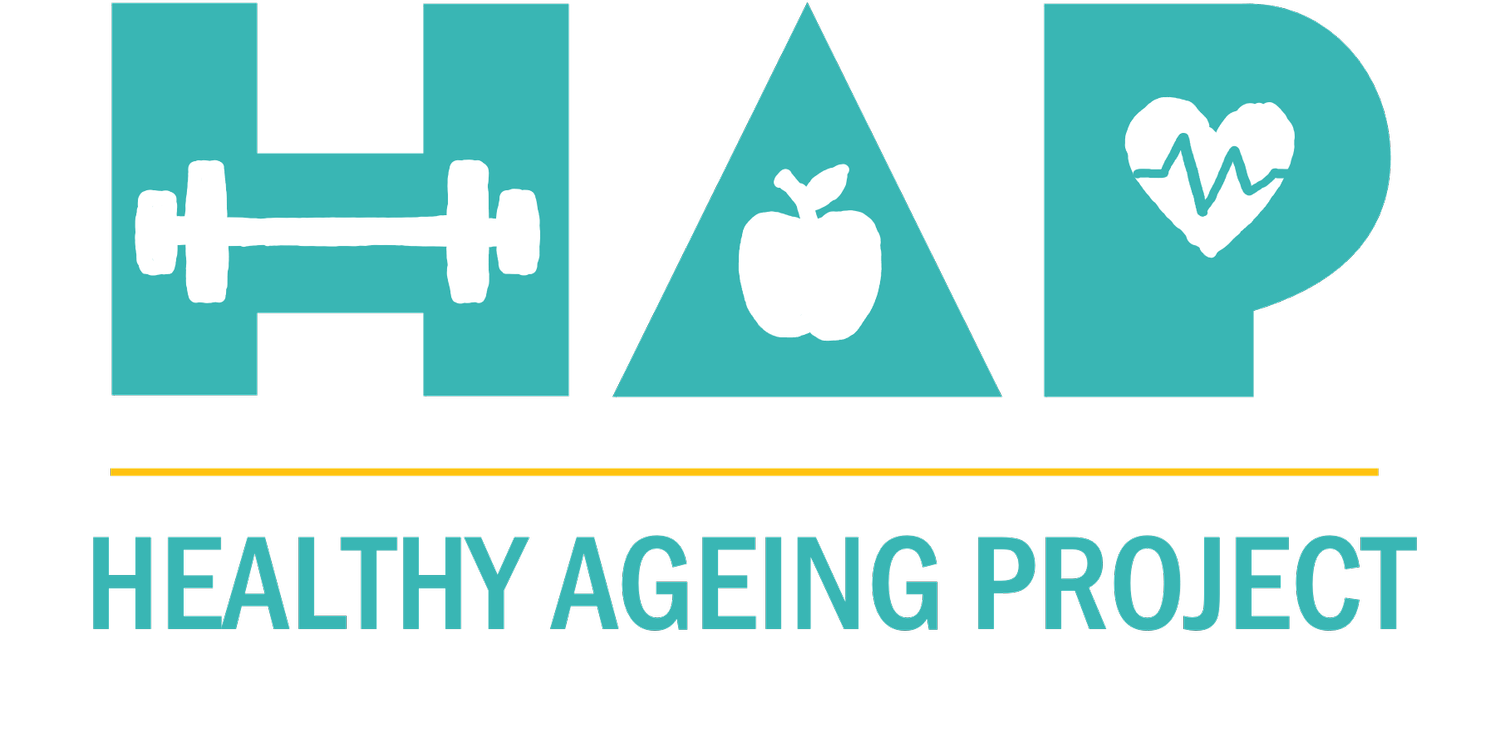Why WE wrote 26 Ways to Keep Moving
In February 2022, after 3 years of trying, Get Moving Keep Moving was published. Soon after, I had a nagging feeling there was a bit more to do.
What exactly? Well, I could have said more about the various options open to people to get moving and keep moving. Not so much the high profile, high participation forms of physical activity we know so much about – like the rugby codes, soccer, tennis, golf, cricket and working out at the gym.
I was thinking more about other things…the wide variety of options that exist in communities. Physical pursuits that people tend to know less about, but might just end up being kind of perfect for them. Having just encouraged people to get moving and keep moving by taking enjoyment seriously, it seemed only right to also help them think expansively about different physical pursuits that might help create such enjoyment.
Ironically, physical activity helped surface the idea!
With these thoughts rumbling around in my head, one April afternoon my wife (Anita) and I set off for a walk. As we walked, I chatted about an idea for a follow up book, which involved a field guide to different physical pursuits. Something that was varied, interesting and fun. Something easy to read, informative and based on real, relatable stories.
By the time we got home 45-minutes later, that walk and talk had done the job. My sketchy idea had morphed into a developed concept…an A-to-Z of physical pursuits, with a name that chose itself: 26 Ways to Keep Moving!
Why not a father-son partnership?
As the light bulbs continued to pop, another one lit up. Why not write the follow up with someone else? Good idea! This was quickly followed by another thought…why not write it with Riley (my 15-year-old son)?
After getting back to the house, I called him downstairs and tried to sell him on the idea. I say “tried” because he’s never been a great lover of writing, despite being quite capable. I figured that if he had an experience of writing about interesting things, his attitude to writing might change, and he might even enjoy it.
Happily, he liked the idea and immediately agreed. Two days later, with a diverse list of pursuits, a simple chapter structure & 26 willing contributors we got to work, with me acting as lead writer and Riley as chief researcher.
Photos: Interviews with Kristen (Surfing) & Craig (Ultimate)
The basic process
As it turned out, the partnership worked beautifully. Before we interviewed each contributor, Riley researched their physical pursuit and wrote a summary description, which included its origins and some of its key rules. Then we conducted the interview, which gave me the raw material needed to write up a short story about their enjoyment of it.
A new chapter was born every time we combined each of our inputs, & we got into a rhythm that produced about two chapter every week. This was the way we worked for about three months, by which time we had a full draft!
After that it was the painstaking job of proofreading what we had, which we did a couple of times before getting a professional proofreader to have a closer look. Thankfully the decisions about title & cover design had been made right at the beginning, which greatly simplified things. We settled on the cover colour with the help of a social media poll.
Photos: Interviews with Kristen (Open water swimming) & Dickie (Wheel chair rugby)
Not in a hurry, just having fun
Now, you might be thinking that 3 months isn’t very long, so why the rush? As it happened, there was no rush. We had no specific publication deadlines to meet, no promises to keep.
We just found that our project was super interesting and really fun to do. And why wouldn’t it be? We were talking to people who were using physical activity to get the most out of their lives. Positive stories they were happy to tell, often with great enthusiasm and passion.
“One-buttock conversations!”
Passionate storytelling is inspiring to be around. But it’s more than the words people use. It’s their body language…the hand gestures, the facial expressions, and the forward body lean. It’s the animation of a person through conversation that can sometimes get them rising up off their seat - on one buttock you might say - excited to be sharing things they care about the most.
And that’s precisely what Riley & I went looking for: stories about how people make joyful connections with their physical selves.
Happily, that’s exactly what we found, and it’s been a delight to package those up in a way that others can absorb them and, hopefully, use them as a source of inspiration.
So, that’s why we wrote the book. To help readers think creatively and expansively about physical activity, and to use enjoyment as a basis for making life changing decisions about their physical health.
A life-long memory
One of the best aspects of this project has been the unique father-son interaction it has enabled. Whilst our relationship has always been good, it’s added another dimension via a deepening of our shared interests.
For Riley it’s exposed him to a commercial publication process that few 15-year-olds get to see. It’s developed his writing skills, his interviewing skills, and his promotional skills (through radio interviews & book launches).
For me it’s been a joy to see him just experience all that & do so well with it. What any parent wants for their kids. As I have said to Anita many times, “even if we don’t sell one book, this has already been worth it!”
info@drgordonspence.com
(+61) 421 641649
© Healthy Ageing Project 2022. All rights reserved.





